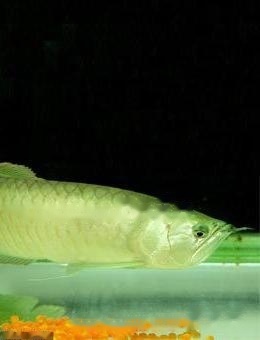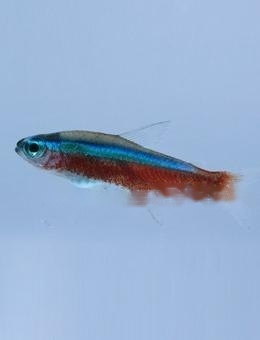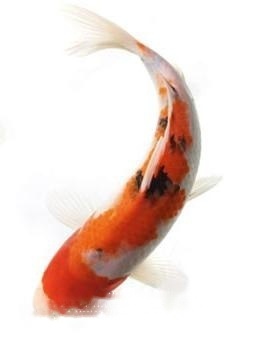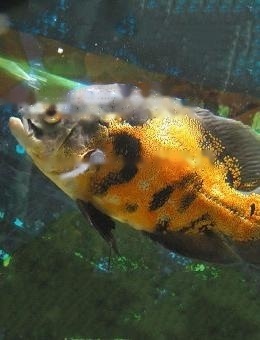four ,Brocarded carp The original species of koi is red carp. It was first introduced to Japan from China. After artificial improvement, it became the red carp, also known as the color carp and the flower carp. After World War II, it was renamed the koi carp. The division of koi species is mainly divided into several strains according to their color. The sources of its carp species are divided into red carp, leather carp and mirror carp. Koi carp is divided into nine major strains, about a hundred varieties. According to the distribution of colors, markings and scales, it is mainly divided into the following 13 species types: 1. Red and white koi: the authentic koi, the whole is pure white with erythema, no other colors, and the bottom should be snow The sample is pure white, with thick and uniform erythema with clear borders. This type is divided into more than 20 varieties. 2. Taisho tricolor koi: There are red and black markings on the white ground, the head has red spots without black markings, and there are black stripes on the pectoral fins. This strain can be divided into more than 10 varieties. 3. Showa three-color koi: There are red and white patterns on the black background, and there are black spots at the base of the pectoral fins. There must be large black spots on the head. This line is divided into more than 10 varieties. The Taisho tri-color and the Showa tri-color are composed of red, white and black. The difference is: The Taisho three colors have red and black spots on a white background; the Showa three colors are red and white spots on a black background. The Taisho tri-color has no dark spots on the head, while the Showa tri-color has dark spots. The Taisho three-color black spot is in the shape of a circular block and exists on the upper part of the body; the Showa three-color black spot is linear or band-like and exists on the whole body. The pectoral fins of the Taisho tricolor are all white or have black stripes; the base of the Showa tricolor pectoral fins has a round black patch. 4. Black carp: All black or with white spots or full yellow spots on a black background. There are 4 to 5 varieties. 5. Bieguang: Koi with black spots on white, red or yellow backgrounds, belonging to the Taisho tricolor strain. Subdivided into nearly ten varieties. 6. Light yellow: the back is light blue or dark blue, the outer edge of the scales is white, and the cheeks, abdomen and base of each fin are red. There are more than 10 varieties according to color. 7. Clothing: It is a variety produced by the mating of red and white or three colors and light yellow. Subdivided into nearly 10 varieties. 8. Mutant carp: including black carp, yellow carp, tea carp, green carp and more than 20 varieties. 9. Gold: The whole body is golden in color and can be divided into more than 20 varieties. 10. Patterned skin light carp: a variety produced by the mating of golden koi with other strains (excluding black carp). There are more than 10 varieties in common. 11. Light writing: The species produced by the mating of writing class koi and golden koi. 12. Gold and Silver Scales: Koi fish with golden or silver scales all over their bodies. 13. Danding: There are round erythema on the top of the head, while the fish has no erythema. (Image credit: Slider Ideas) | 



